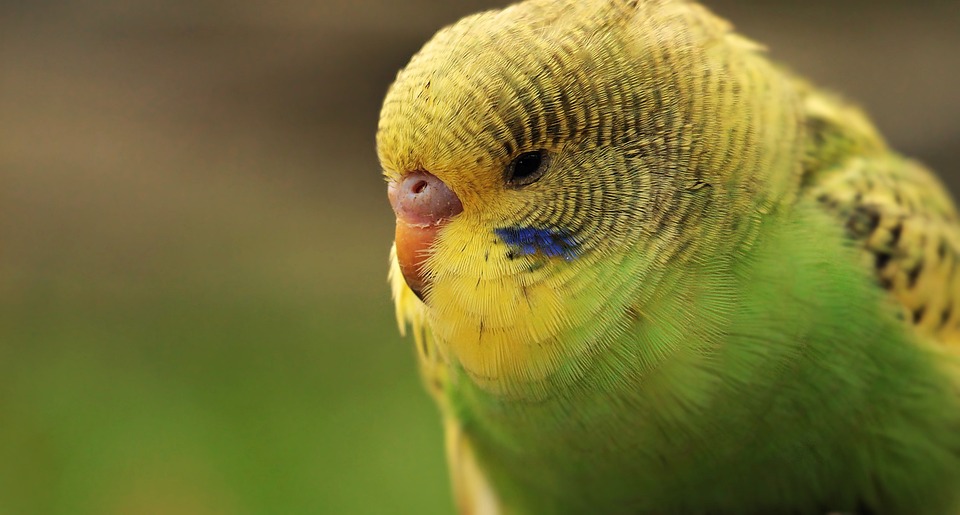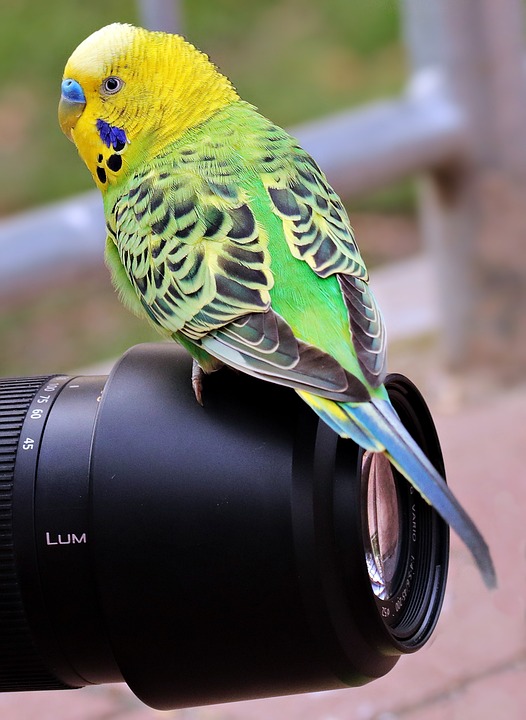Parrots are highly intelligent and social creatures that thrive on mental stimulation and interaction with their owners. Target training is an effective way to engage and teach parrots essential skills while fostering a strong bond between bird and owner. In this comprehensive guide, we will explore the different aspects of target training and provide valuable tips to encourage your parrot to participate.
Firstly, it is important to understand what target training entails. Target training involves teaching your parrot to touch or follow a designated target, typically a small stick or object. This target acts as a visual cue and allows you to direct your parrot’s attention and behavior. The benefits of target training are numerous, including mental stimulation, improved communication, and increased trust between you and your parrot.
To prepare for target training, create a positive training environment that is free from distractions. Choose a target that is easy for your parrot to see and interact with, such as a small stick or a colorful object. Before starting training sessions, familiarize your parrot with the target by placing it near their cage or allowing them to explore it at their own pace.
When getting started with target training, follow a step-by-step approach. Begin by introducing the target to your parrot and rewarding them with treats or praise when they show interest or approach the target. Use positive reinforcement techniques, such as clicker training or verbal cues, to reward your parrot for engaging with the target. Set achievable training goals and gradually increase the complexity of the tasks as your parrot becomes more comfortable and confident.
Building engagement and motivation is crucial to the success of target training. Establish a routine by conducting regular training sessions at the same time each day. Incorporate play and rewards into the training process to make it enjoyable for your parrot. Adjust your training techniques based on your parrot’s species, as different parrot species may require different approaches and levels of motivation.
While target training can be a rewarding experience, it is not without its challenges. Common challenges include a lack of interest or motivation from the parrot, fear or aggression towards the target, and distractions during training sessions. To overcome these challenges, be patient and persistent. Use high-value rewards to increase motivation, gradually introduce the target in a non-threatening way, and minimize distractions in the training environment.
In the frequently asked questions section, we address common queries that parrot owners may have about target training. It is important to note that target training can be applied to most parrot species, although some may require more time and patience. The time it takes for a parrot to learn target training varies, but consistency and positive reinforcement are key. Target training can also be used to modify undesirable behavior by redirecting the parrot’s attention towards the target. Suitable targets for parrot training can include various objects, as long as they are safe and easily visible. Target training can benefit older parrots, as it provides mental stimulation and social interaction. The frequency of target training sessions depends on your parrot’s individual needs and attention span. It is possible to train multiple parrots simultaneously using target training, but it requires careful observation and individual attention to ensure each parrot is progressing.
In conclusion, target training is an invaluable tool for parrot owners to enhance their parrot’s cognitive abilities, strengthen their bond, and create a positive training experience. By following the guidelines outlined in this comprehensive guide and addressing any challenges that arise, you can successfully encourage your parrot to participate in target training. Remember to be patient, consistent, and always prioritize your parrot’s well-being throughout the training process.









